I was rewatching some old Anthony Bourdain episodes recently, and it struck me how deeply obsessive he could be. At one point, he tells his editor something along the lines of do something, anything, but do not commit the sin of mediocrity.
The sin speaks to wasted potential, where one holds back on creativity or ambition to avoid failure or discomfort. His relentless drive could sometimes make him difficult to be around, yet his success stemmed from fiercely nurturing and defending his vision.
Lately, I’ve been reaching for this thought more often. Maybe it’s because I’ve recently come to terms with being in my 30s, or because the weight of the US election has made time feel even more urgent. Either way, a meaningful attitude feels more crucial than ever.
While today’s conversation isn’t really about Bourdain, it did get me thinking: what fuels us—or more specifically, what kind of work exudes that same unwavering pursuit of excellence?
What makes certain jewelry brands come to mind first?
We could dive into product naming, styling, or PR strategies, but let’s start with photography because that's where I’ve been feeling most unsettled lately.
There’s a creeping blandness infiltrating brand communication especially in jewelry visuals. Too often, I see ads so meticulously curated they might as well have been assembled in a lab. I won’t name names, of course, but you know the kind of campaigns I mean: a young model, early twenties, gazing blankly with that mannequin-like pose, under harsh studio lighting, styled in ways that feel painfully predictable.
We shouldn’t settle for mediocrity, whether in what we consume or what we create.
It’s as if brands are so afraid of making mistakes that they’ve retreated into the safety of data-driven decisions. In their relentless effort to please, they strip away all personality, until they become, ironically, completely forgettable. Irrelevant.
Here’s the problem: when we’re too busy trying to please everyone, we risk hiding the very parts that would make people fall in love. It’s like bland toast—comforting when your stomach’s upset, sure, but no one craves it when things are going well.
It’s easy to fall for the idea that data will save us, that numbers can provide the perfect blueprint. After all, data tells you what works, right? But here's the thing: data alone can’t create art. To sell something, or more importantly, to create desire, we need intensity.
As cliché as it sounds, there’s no art without risk.
Risk is what sparks interest—it fuels curiosity and excitement. Just look at the world of fashion or editorial work. Phoebe Philo’s collections, for example, were a masterclass in balancing classic styles with bold, unexpected elements. Those daring touches acted as punctuation in an otherwise restrained aesthetic. Philo knew how to weave in details that added texture and energy, making every look feel fresh and alive.
There’s real beauty in tension, and I think
nailed it in her post looking perfectly imperfect. It’s a fashion concept that’s easy to apply to brand communication, too. She talks about the charm of intentional flaws, those little imperfections that make something feel real.The world isn’t perfect. It’s about honest, raw moments. It’s the mix that makes things magical: the pretty, the quirky, the tactile, the serene. Those small imperfections are what make something feel real.
That’s what makes brands like Sophie Buhai so compelling. In fact, if you ask me about the best in jewelry photography, this brand is always at the top of the list.
There’s something profoundly refreshing about seeing real people—across ages, genders, and body types—captured with such richness and subtlety. It speaks to the brand's essence in a way that's both intimate and expansive. It’s art.
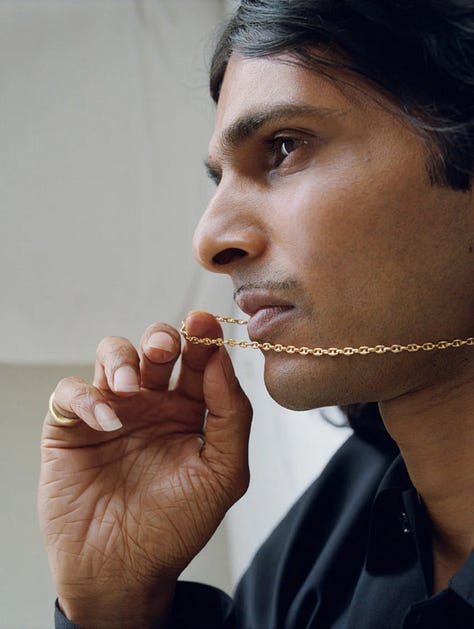

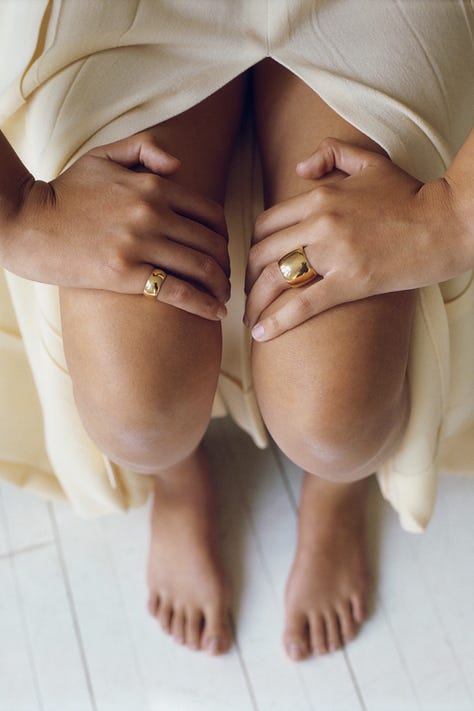



Buhai's imagery isn’t just about selling jewelry; it’s about celebrating individuality, a quiet confidence that feels almost rebellious in its honesty. There’s definitely something Bourdain-esque in that commitment to staying true to one’s vision.
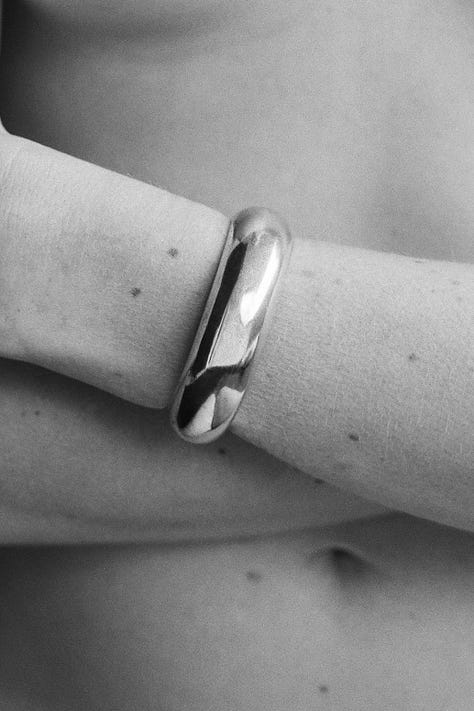


A reminder that makes us feel a little more alive.
As a refresher, I invite you to browse the brand's website and Instagram:
Thank you for reading, enjoy your week!
Signing off, with love,
Ísis






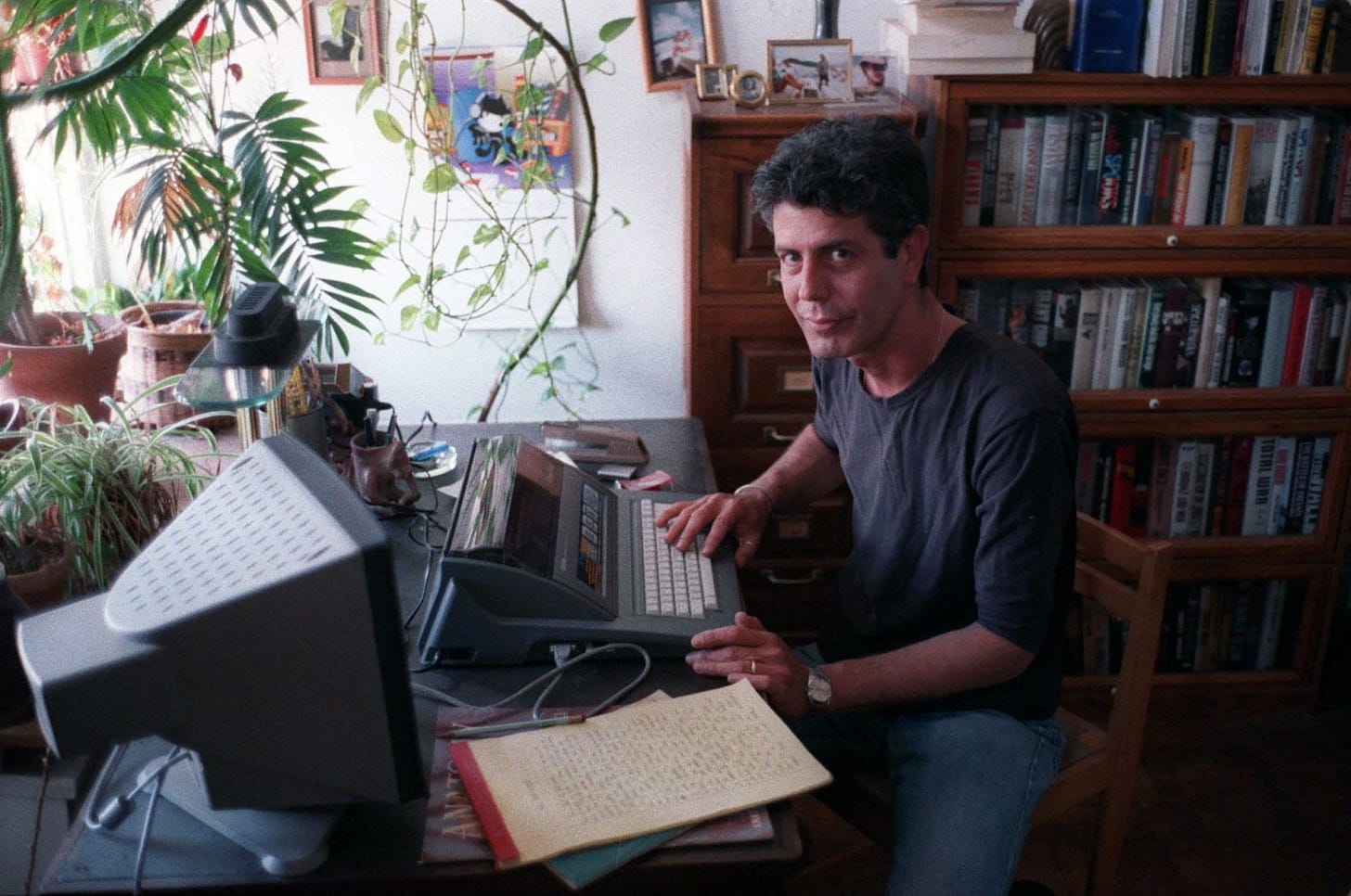
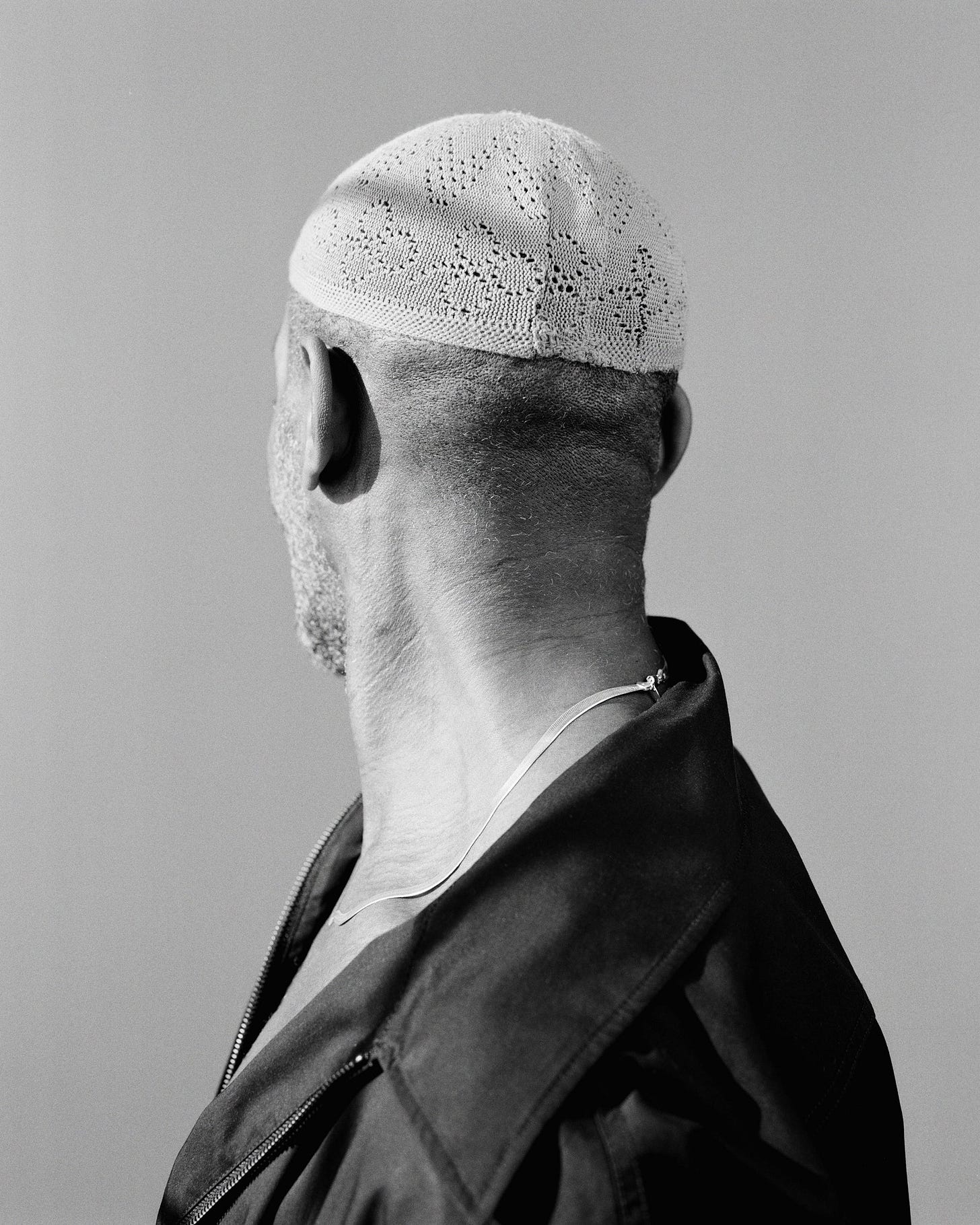

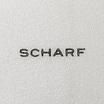
So happy to read your comment Kelsey! Big admirer of your Abel!
If mediocrity is defined by absence—of depth, tension, surprise—then what’s the minimum threshold for greatness?
Where does it begin, and how do we know we’ve crossed into it?